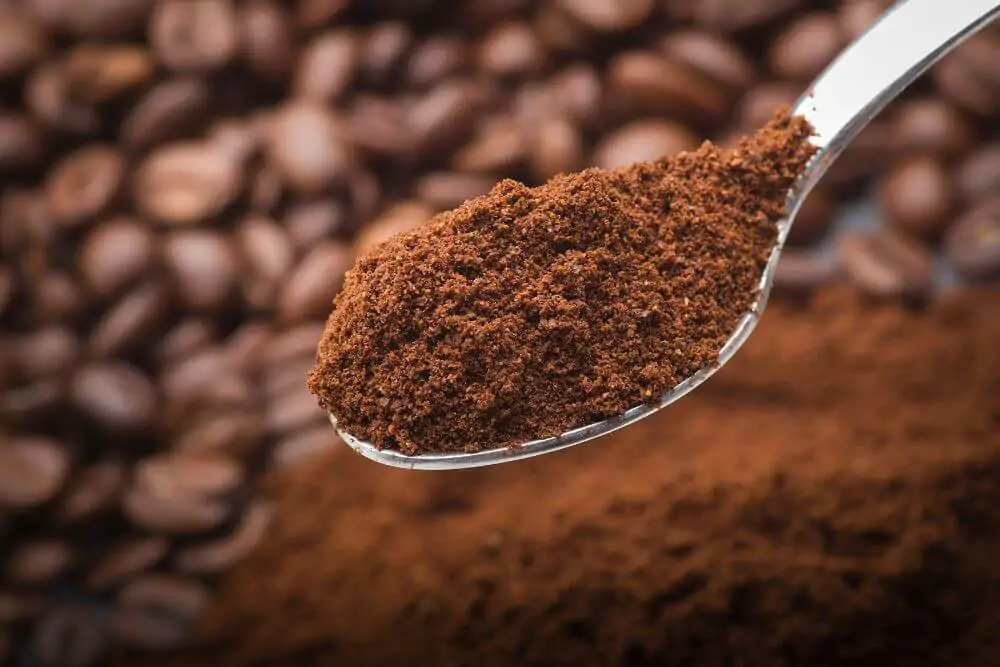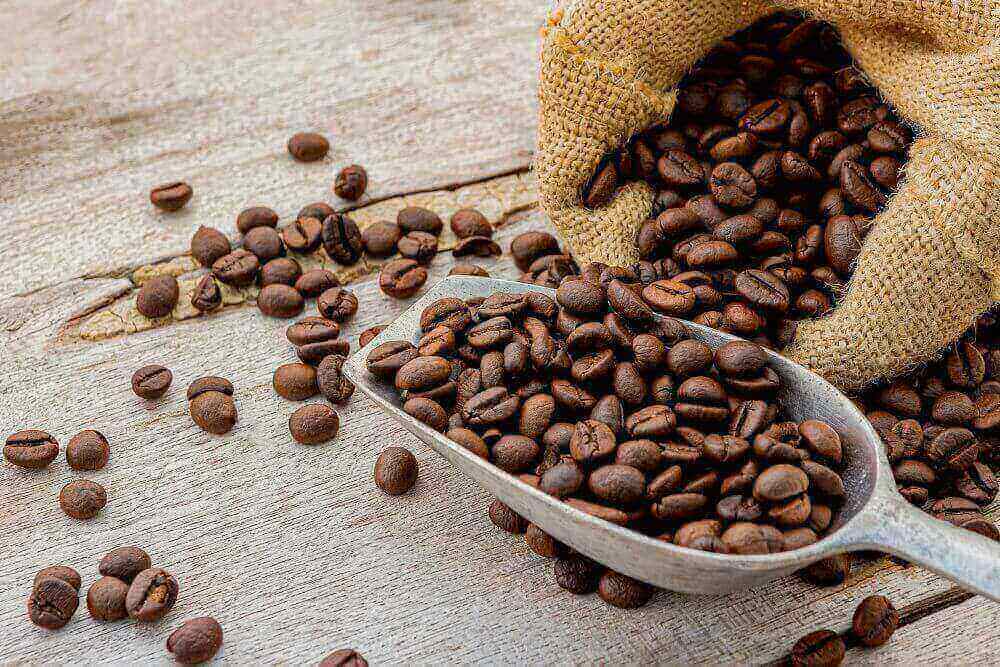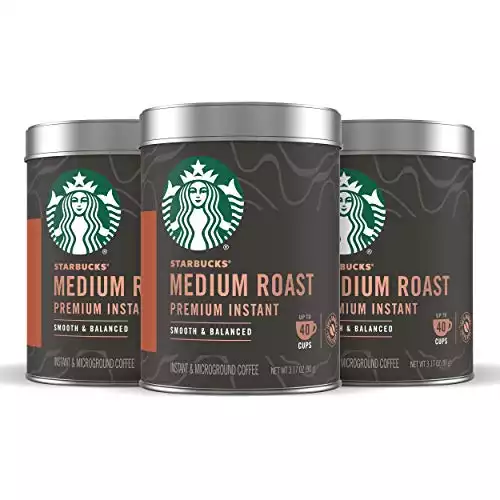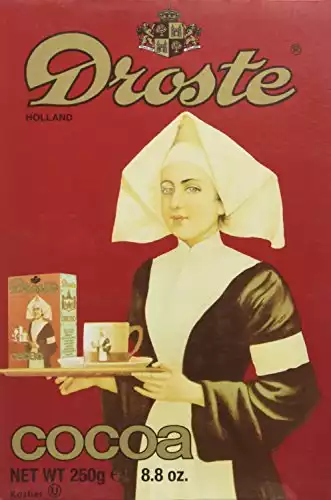What if you’re in the middle of baking and don’t have espresso powder on hand? These espresso powder substitutes can give your baked goods a flavor boost.

I knew next to nothing about baking before the pandemic hit. However, for the past three years, I’ve spent my time perfecting my brownie recipes, making everything from chocolate chip cookies to homemade keto bagels. That being said, one of the ingredients I, and many other home chefs, have come across is espresso powder.
Not to be confused with instant coffee, espresso powder is espresso that has been dehydrated and turned into a powdered form. Espresso powder is a staple in my home now, but I found myself wondering if there were other alternatives.
Can I use brewed coffee or brewed espresso instead? Is espresso powder really necessary? The answer is yes to all of these questions but with some limitations! Below are seven alternatives to espresso powder you can try in a pinch. You might also be wondering, “How is a coffee powder made?”.
1. Instant Coffee
It’s important to understand the difference between espresso powder and instant coffee to determine whether or not you can use instant coffee instead in your recipe. Instant coffee is made up of granules of coffee beans where all of its solubles and water contents have been removed. All you need to do is add boiling water or hot water to get the same flavor as your regular cup of coffee.
On the other hand, espresso powder is ground-up espresso or dark roast beans that have already been brewed before being dehydrated. This means you get an intensely bold flavor with nothing more than hot water. You won’t want to add too much water or use as much espresso powder since it will be bolder and more flavorful than instant coffee.
Still, both espresso powder and instant coffee are known for, almost magically, being able to bring out the chocolate flavor in baked goods similar to salt! Adding even a small amount of espresso powder or instant coffee to your chocolate desserts can make them rich and decadent without adding coffee flavor to the finished profile.
Read the recipe thoroughly and only use instant coffee if the recipe states it’s a good alternative. If you’re only using a small amount of espresso powder, chances are you’ll be fine substituting instant coffee instead.
2. Cocoa Powder
Many people are shocked to learn that cocoa powder, like that you can find in your hot chocolate mix or in Nesquik chocolate milk mix, is unsweetened in its natural form. The powder that is used to make your chocolate has a bitter, earthy taste to it prior to being processed. It is then transformed when put into desserts by adding sugar to the mix.
Natural cocoa powder is one of the best alternatives to espresso powder since it won’t overpower the taste of your dessert or add even more sugar to your baked goods. Many recipes, such as those for chocolate cake or other chocolate desserts, call for using natural cocoa powder such as Hershey’s, Nestle, or Ghirardelli. You might see natural cocoa powder branded as cacao, which is the same thing and is the name of the bean, which is the mother of all chocolate!
Naturally, unsweetened cocoa powder is one of the best substitutes for ground espresso or ground coffee since it adds a heightened flavor profile to your desserts without being too overpowering. Don’t opt for a cocoa powder that is simply marketed as “unsweetened,” as it can still carry artificial ingredients that take away from the overall taste and strength of the cocoa powder. Instead, opt for natural cocoa, whether at the grocery store or online on Amazon, to get the best possible flavor.
3. Dutch-Processed Cocoa Powder
Now that you know all about natural cocoa powder, it’s time to learn about Dutch-processed cocoa powder and why this might also be a strong competitor for your espresso powder substitute. Dutch-processed cocoa powder is made much the same as regular cocoa powder in that it is extracted from cacao solids (or cacao liquor) after the fat content and cocoa butter have been removed from the process. This leaves you with about ten to 24% fat in cocoa powder.
However, Dutch-processed cocoa powder adds a step by bathing the cocoa powder in an alkaline solution. This process is centuries old and was originally created by Coenraad Johannes van Houten, a well-known figure in the chocolate trading industry. Van Houten used the alkaline solution to get rid of any acidic flavor in the cocoa powder, bringing to light only its beautiful, rich, dark profile.
You might recognize Dutch-processed cocoa powder if it’s clearly labeled or if it’s in a “dark” cocoa form. The end result is a less bitter but more rich cocoa powder that’s perfect in chocolate desserts and even coffee-based desserts such as tiramisu. It won’t be as bitter as traditional cocoa powder, and you’ll notice it isn’t as lightly colored, but if your recipe states it’s a good substitute, consider giving this a try to make your dessert a bit milder but just as decadent.
4. Brewed Coffee
In addition to these ingredients listed above, some people also opt for brewing coffee and adding a tablespoon or so to their desserts while baking. Brewed coffee is one of the best substitutes for espresso powder since almost everyone has some on hand at home! Keep in mind that you’ll want to use a darker roast when using it in your recipes.
Darker roasts will have a bolder flavor profile with more bitter notes, which is what you need to complement your chocolate desserts. Using a lighter or medium roast might not work as well, and you might end up doing the opposite and watering down your dessert instead of bringing out the best flavor notes. To ensure this doesn’t happen, brew your coffee using espresso beans or a dark roast, and use less water if possible.

Using less water allows you to get a more concentrated brewed coffee that’s perfect for desserts. Double-check your recipe to see if it’s fine to use brewed coffee instead of espresso powder.
One drawback might be that your dessert uses only specific amounts of liquid and dry ingredients, and adding brewed coffee to the mix might lead to changes in baking time, texture, or consistency. However, if your recipe states brewed coffee is fine, use these tips to make a bolder and more strong coffee for your dessert. You might also be wondering if can you use coffee filters as cupcake liners.
5. Brewed Espresso
If you’re fortunate enough to have an espresso machine at home, there’s nothing stopping you from using high-quality brewed espresso in your recipe instead! Brewed espresso is much different than brewed coffee.
To make an espresso, the machine uses a pump to push water through finely ground espresso or coffee beans. The result is an incredibly smooth and bitter concentrated coffee that is perfect alone or when combined with milk.
Espresso is also somewhat creamy, making it one of the best espresso powder substitutes for richer desserts like cake and brownies. It’s important to have true espresso on hand rather than bitter coffee; the difference is using fine powder when pulling your shot of espresso and using coffee beans made for the espresso rather than regular coffee. Once your shot is pulled, you can add a tablespoon or so to your sweet or savory recipes.
The same principles apply to brewed coffee when making desserts. Because your brewed espresso will add more liquid to your ingredients, you might need to adjust some of your dry ingredients or adjust cooking times. When in doubt, ask the writer of the recipe for advice or try and read through the recipe to see if brewed espresso is a better alternative.
6. Ground Espresso
Espresso grounds are another great substitute for instant espresso powder, although they’ll be much stronger than regular espresso powder. Espresso grounds are exactly what they sound like – finely ground coffee beans. It’s different than espresso powder, which has already been brewed and can then be mixed with hot or boiled water to make espresso.
Ground espresso, on the other hand, still needs to go through the brewing process to give it that rich flavor it is known for. You can either use ground espresso to brew your espresso and then add it to the recipe or use it by itself. However, keep in mind that this type of ground coffee will be much more coarse than espresso powder.
To make your ground espresso a much more similar consistency, you can use a grinder and make finely ground coffee by grinding your espresso again. Going through multiple grinds will allow your ground espresso to have a much better consistency that will mix well with other dry ingredients. Look at the recipe to determine if you can use ground espresso as a substitute; chances are, you will be able to use it but will need to use less than the original amount specified for espresso powder.
7. Carob Powder

Carob powder is a beautiful spice that is made using the carob tree, which is native to the Mediterranean. Carob powder was quite popular in the 1970s, although it is now making a resurgence thanks to its many health benefits and unique flavor profiles. Carob powder is a wonderful espresso powder substitute for health enthusiasts since it is low-fat and filled with antioxidants and fiber.
Carob powder is similar to natural cocoa powder. However, it has a less bitter flavor and is caffeine free, making it a great alternative for people who are watching their caffeine intake.
Carob powder is also known for being a bit sweeter than traditional cocoa powder, which means you might have to use less sugar in your recipe. When in doubt, ask for advice, especially when it comes to using carob powder as an espresso powder substitute. If you like experimenting in the kitchen, check out these coffee ice cream recipes.





